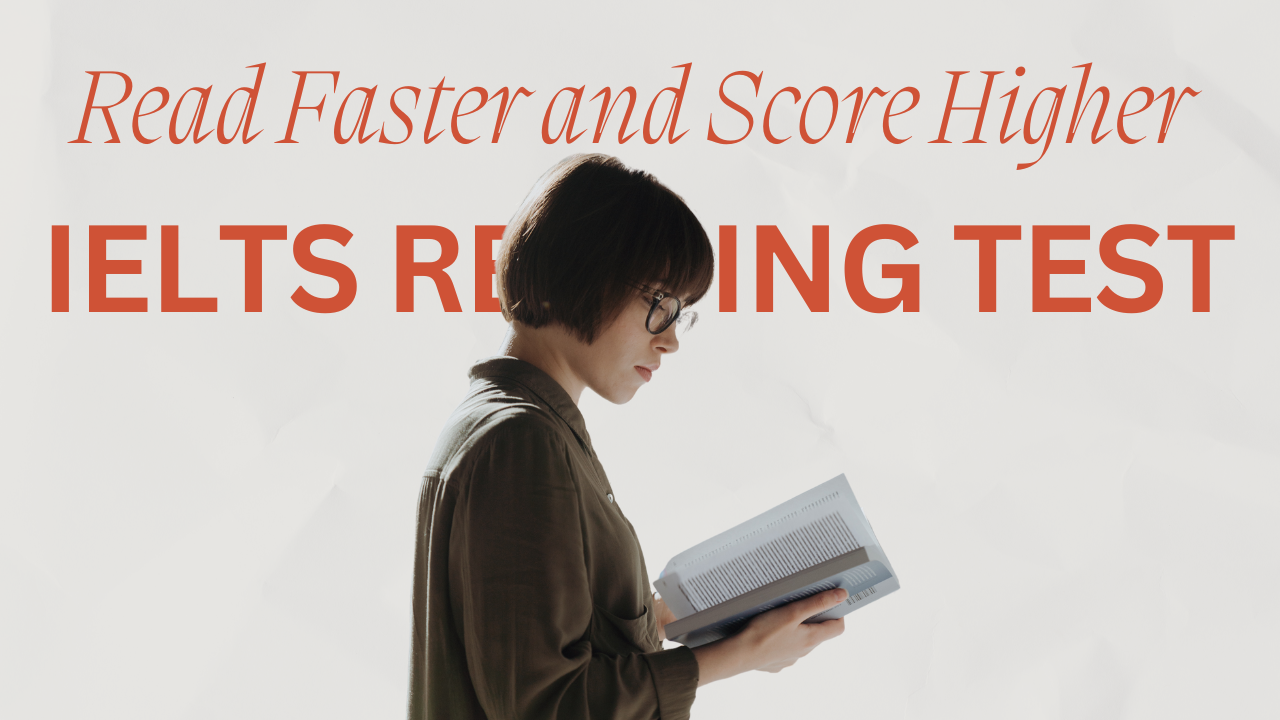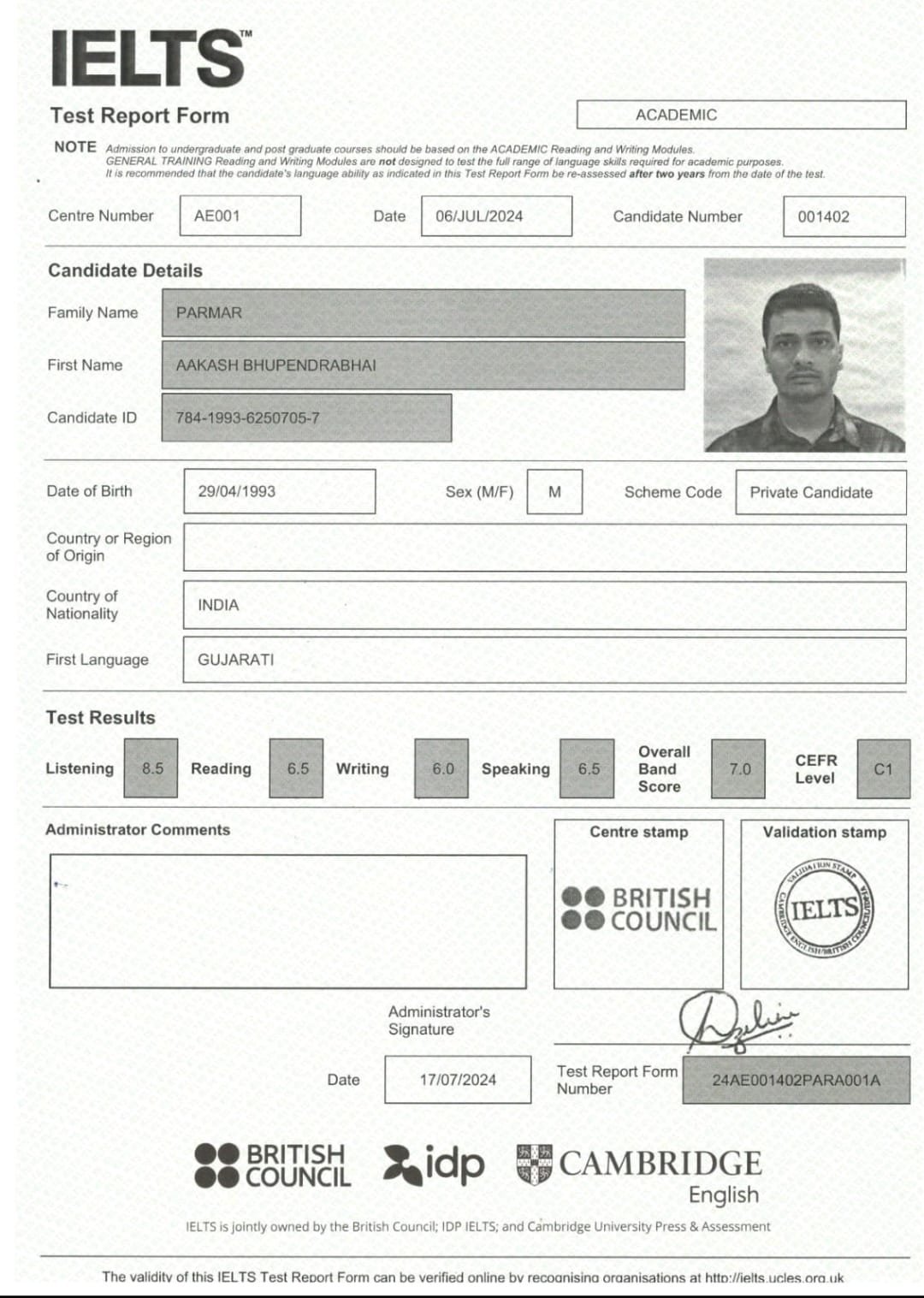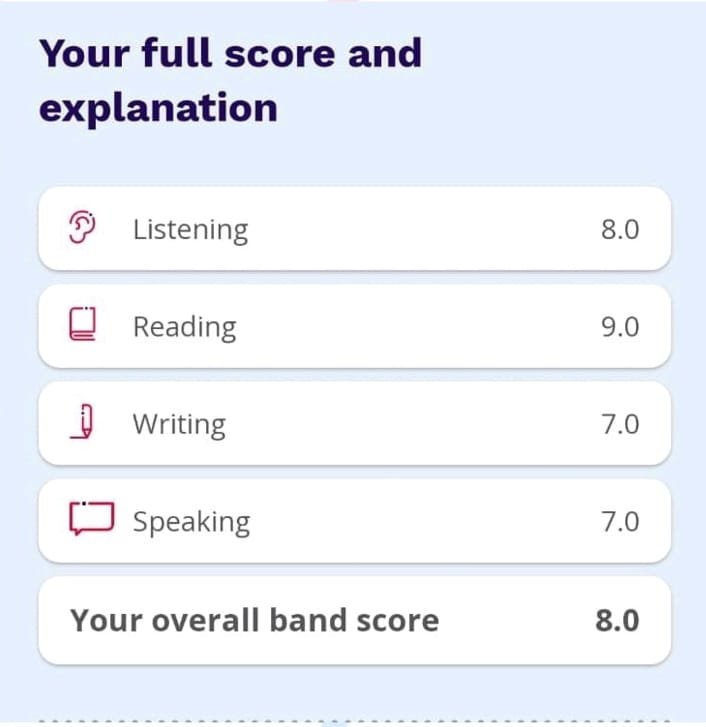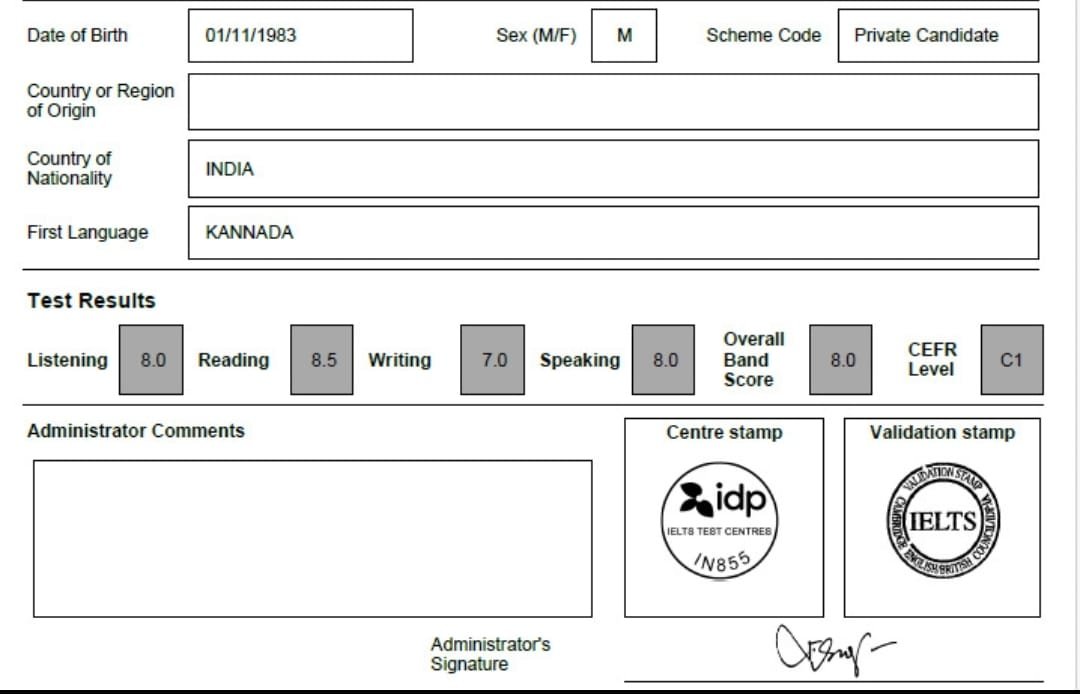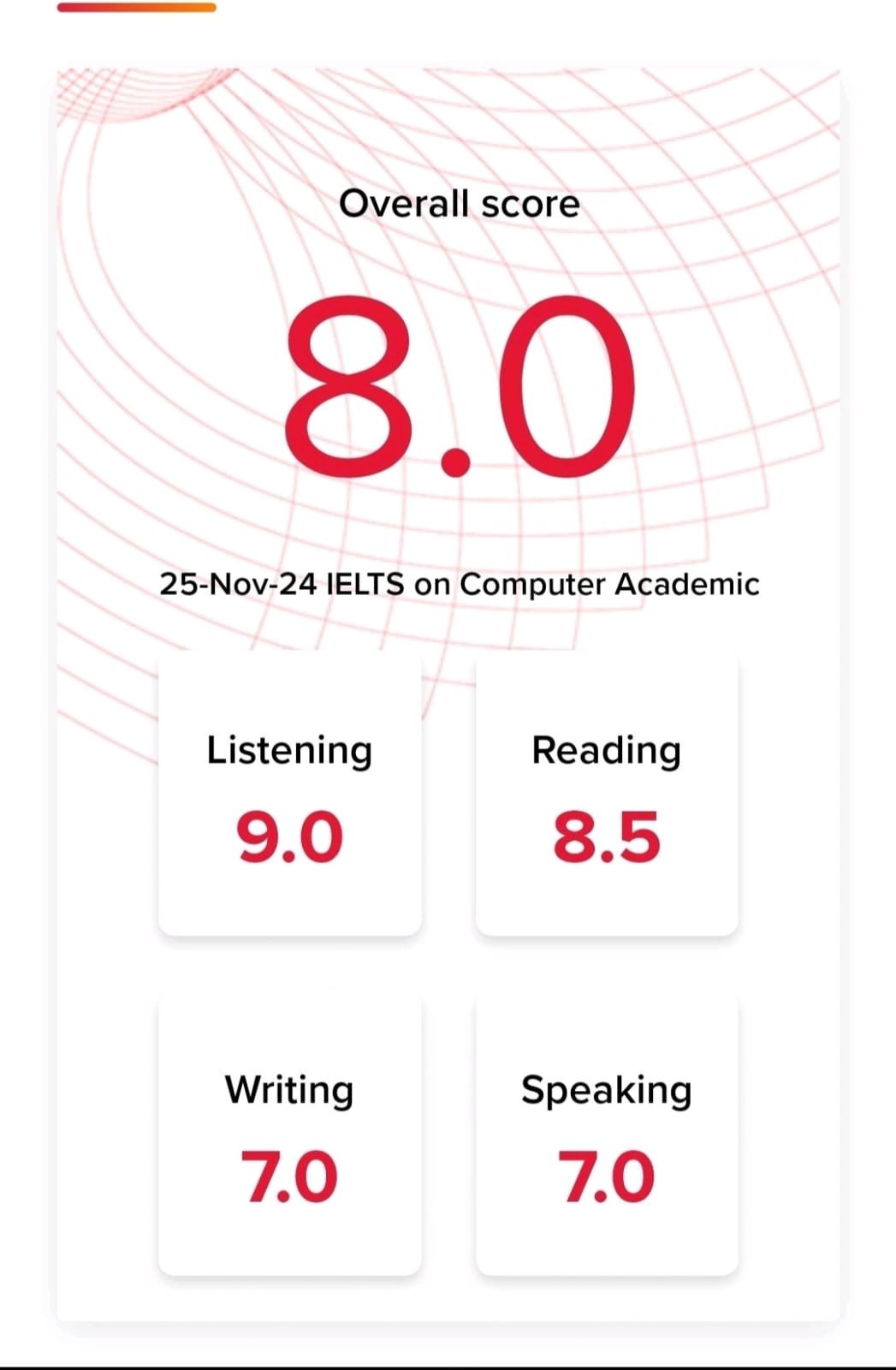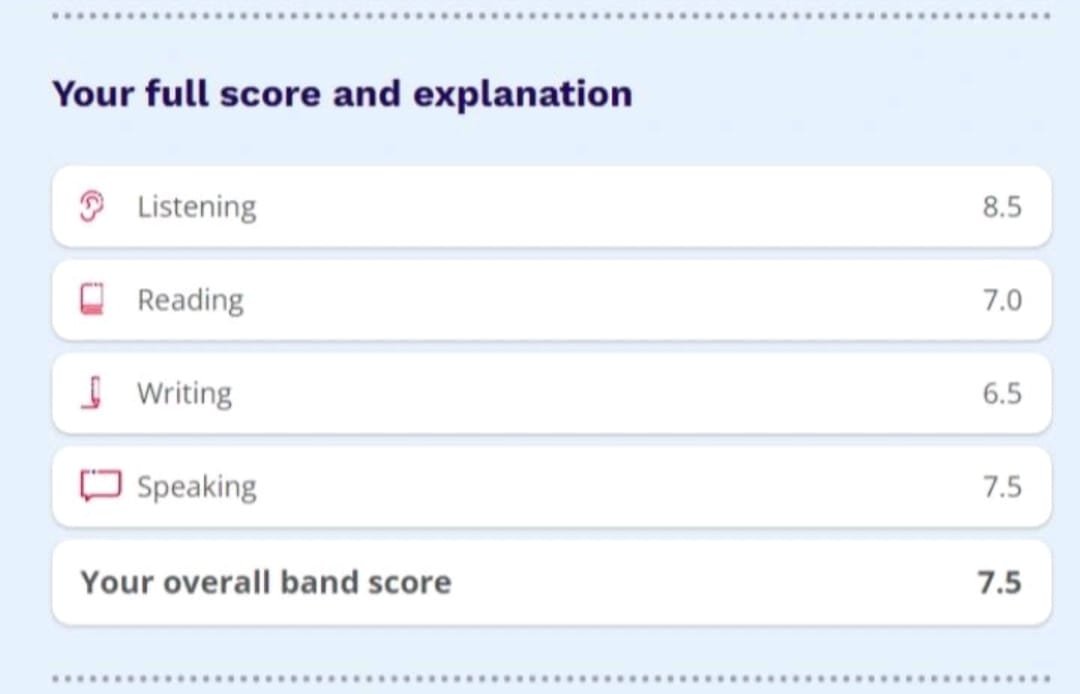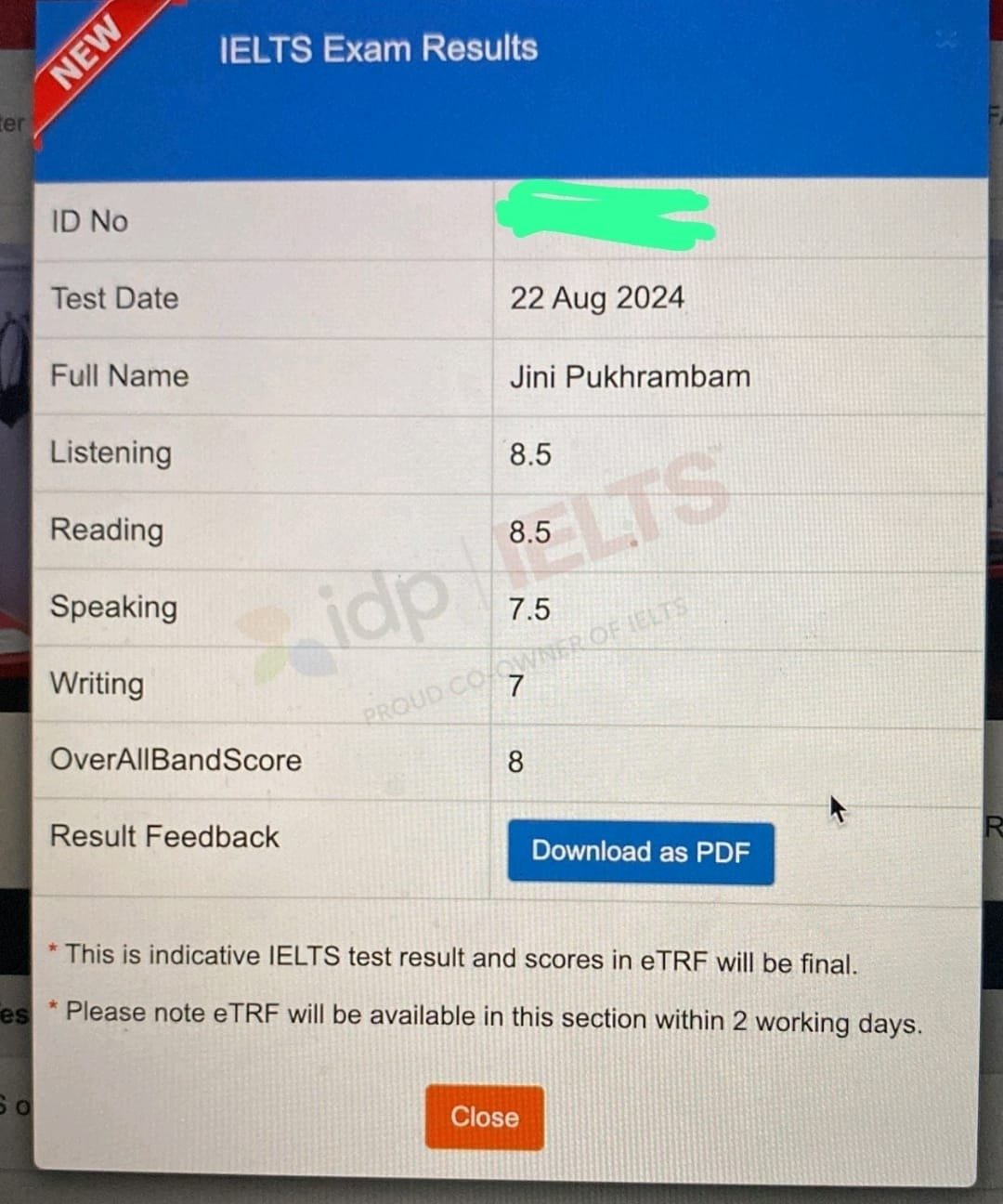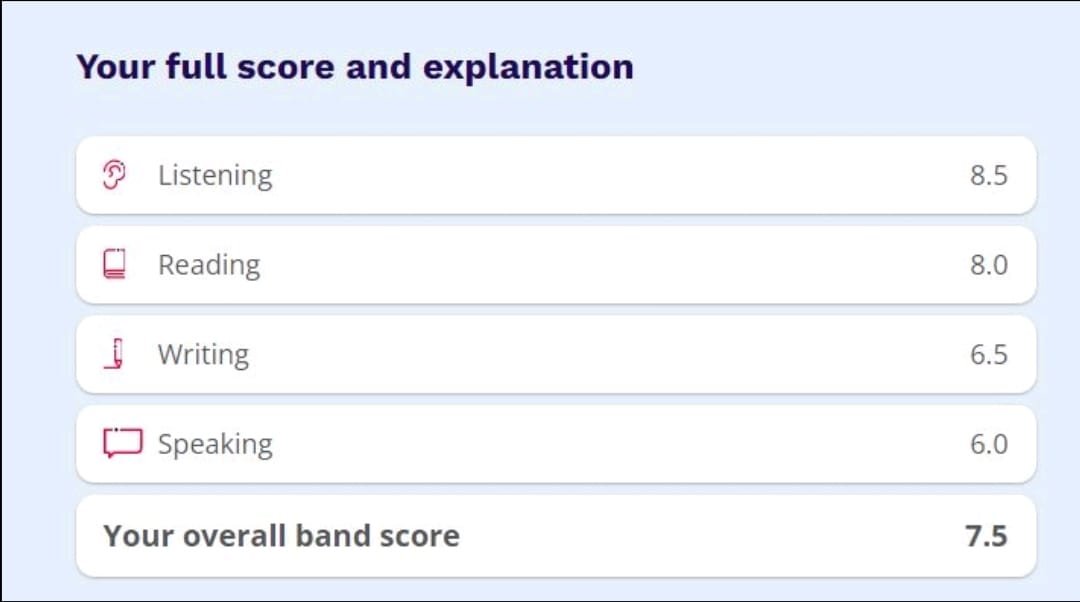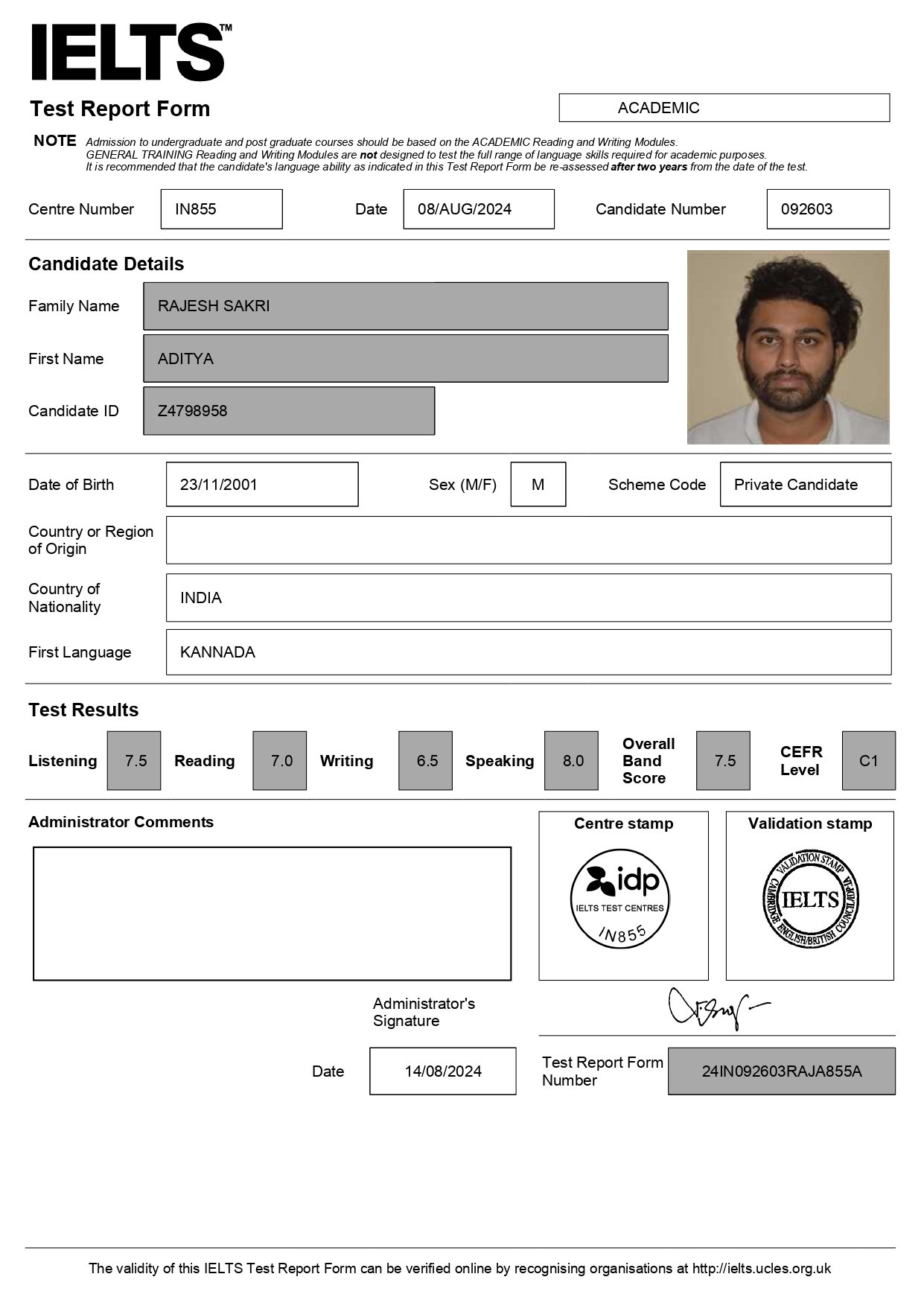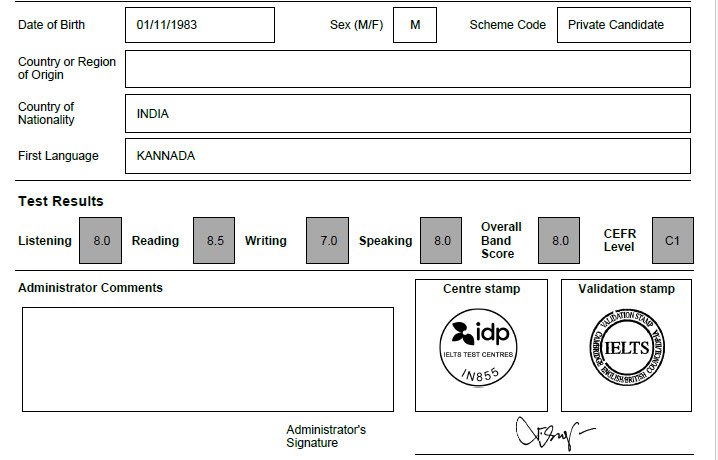
If you’re preparing for IELTS Reading Test and struggling with the section, you’re not alone. In my 14 years of coaching, I’ve seen even the most fluent English speakers fail to finish the reading test on time. Why? Because they read the way they were taught in school—line by line, word for word.
But IELTS is not a test of literature. It’s a test of strategy under time pressure. The good news? You don’t need to read faster like a machine—you just need to read smarter.
In this comprehensive guide, I’ll teach you how to boost your reading speed, locate answers quickly, and most importantly, increase your score—even if you’re not a fast reader by nature.
Why Reading Fast Isn’t Enough — You Also Need to Read Smart
When students come to me saying, “Coach, I need to increase my reading speed,” I always ask them one thing:
“Do you want to read fast or find answers fast?”
Because in IELTS, they are not the same.
IELTS Reading isn’t about how many words per minute you can read—it’s about how quickly you can understand the question and locate the answer in a sea of text. That’s why you need both speed and strategy.
60 Minutes, 3 Passages, 40 Questions: Here’s the Real Problem
Let’s break it down:
-
You get 60 minutes.
-
You must answer 40 questions.
-
The 3rd passage is always the hardest.
That means you have about 20 minutes per passage, which includes:
-
Reading a 900-word text
-
Reading all the questions
-
Finding accurate answers
That’s tight. You won’t survive with casual reading. You need a methodical approach to:
-
Save time
-
Avoid confusion
-
Improve accuracy
You’re Not Reading for Pleasure — You’re Reading for Answers
One of the first mindset shifts I teach is this:
“This isn’t a novel. This is a search mission.”
Your goal is not to understand everything in the passage. Your goal is to:
-
Skim the text to understand the structure
-
Read the questions carefully
-
Scan the text to locate the information
-
Match it with the correct answer
Don’t worry if you don’t understand every word. IELTS doesn’t test your vocabulary depth; it tests your strategy.
Skimming and Scanning: Your IELTS Reading Superpowers
These two techniques changed everything for my students:
Skimming
This is rapid reading to understand the main idea of the passage or paragraph. You:
-
Read the first sentence of each paragraph
-
Glance through the middle for keywords
-
Read the last sentence to grasp the conclusion
Spend 2–3 minutes skimming the entire passage. No more.
Scanning
Now you go question by question. Use scanning to:
-
Find names, numbers, dates
-
Spot specific words or synonyms
-
Identify the location of the answer
Scanning helps you navigate the passage quickly, so you don’t waste time reading the same sentence multiple times.
Why You Should Never Start with the Passage
I’ve seen this mistake too many times: students open the test, see the passage, and start reading.
Wrong move.
Always start with the questions. Here’s why:
-
It gives you a purpose for reading
-
You become aware of what to look for
-
You save time by targeting the right parts of the text
Think of it like this: Would you search a 10-page document without knowing what you’re looking for? Of course not. IELTS is the same.
How to Quickly Locate Information Using Synonyms and Triggers
IELTS never copies the same wording from the passage to the question. They use paraphrasing.
Example:
-
Passage: “The proportion of unemployed youth increased significantly.”
-
Question: “There was a sharp rise in joblessness among young people.”
See the trick?
Train yourself to spot synonyms, phrases, and patterns:
-
Rise = increase = surge
-
Jobless = unemployed
-
Young people = youth
Build a vocabulary list of common IELTS synonyms. This is key to scanning quickly and answering correctly.
How IELTS Passages Are Designed to Hide (and Reveal) Answers
IELTS passages follow a predictable structure:
-
Paragraph A = Introduction
-
Paragraph B-D = Detail points
-
Final paragraph = Conclusion/summary
Questions also follow the order of the passage, especially in:
-
Matching headings
-
True/False/Not Given
-
Sentence completion
That means if you answer Q1 in Paragraph A, the next answer is likely in Paragraph B.
Understanding this structure helps you predict where to look next, instead of randomly scanning the whole text.
The Right Way to Use Cambridge IELTS Books to Improve Speed and Accuracy
Too many students use Cambridge books the wrong way. They:
-
Solve the test
-
Check answers
-
Move on
That’s not enough. Here’s my proven method:
-
Do one reading test under timed conditions.
-
Mark the keywords in each question.
-
Go back and locate where the answer is in the passage.
-
Underline the synonym or paraphrased phrase.
-
Ask yourself: “Why did I get this wrong?”
Spend more time reviewing your test than taking it. That’s how you improve.
From Over-reading to Second-guessing — What Slows You Down
Here are 5 common mistakes that slow down your reading (and your score):
-
Reading every line carefully – Not needed. You’re not doing literary analysis.
-
Wasting time on one hard question – Skip it and come back.
-
Looking for exact words – IELTS always paraphrases.
-
Panicking on unfamiliar words – Focus on the idea, not the word.
-
Changing answers repeatedly – Trust your first instinct unless you’re 100% sure.
IELTS rewards decisiveness, not perfectionism.
Use Timed Practice to Build Stamina and Consistency
Fast reading is a muscle. You need to train it.
Start with individual passages:
-
Set a 20-minute timer for each.
-
Gradually reduce it to 18 minutes, then 15.
Your goal is to reach:
-
3 passages in 55 minutes
-
5 minutes to review
This will boost your stamina, speed, and confidence on test day.
How to Tackle Each Passage Based on Difficulty and Question Type
Here’s how I coach my students to tackle each reading passage:
Passage 1: Easy language, factual content
-
Spend 15–17 minutes
-
Aim for accuracy
Passage 2: Moderate complexity
-
Spend 18 minutes
-
Focus on section headings or matching info
Passage 3: Complex ideas, abstract vocabulary
-
Spend 20–22 minutes
-
Watch for inference questions and tricky Not Given traps
Also, adapt based on question types:
-
True/False/Not Given: Watch out for tricky wording
-
Matching headings: Skim first, then match
-
Multiple choice: Eliminate obviously wrong answers first
Fast Reading Alone Won’t Get You a High Band — Strategy Will
Let me be honest: Reading speed helps, but strategy scores.
Here’s what truly makes the difference:
-
Knowing where to look
-
Recognizing synonyms
-
Understanding passage structure
-
Avoiding time traps
-
Reviewing mistakes deeply
That’s how my students move from Band 6 to Band 8, even if English isn’t their first language.
Final Takeaways from Coach Karan Kumar
If you’re serious about improving your IELTS Reading score, remember:
-
Practice skimming and scanning daily
-
Always read the questions first
-
Use Cambridge tests strategically
-
Focus more on reviewing than just completing
-
Build confidence by mastering question types, not just reading speed
Whether you’re a student or a working professional, you don’t need to become a speed reader—you need to become a smart reader.
Ready to read faster, score higher, and reach your IELTS target?
Apply these techniques, practice them consistently, and watch your score rise—one strategy at a time.
If you need personalized coaching or a custom reading improvement plan, I’m just a message away.
Written by IELTS Coach Karan Kumar – Helping test-takers worldwide achieve their IELTS goals with smarter strategies and focused training.
